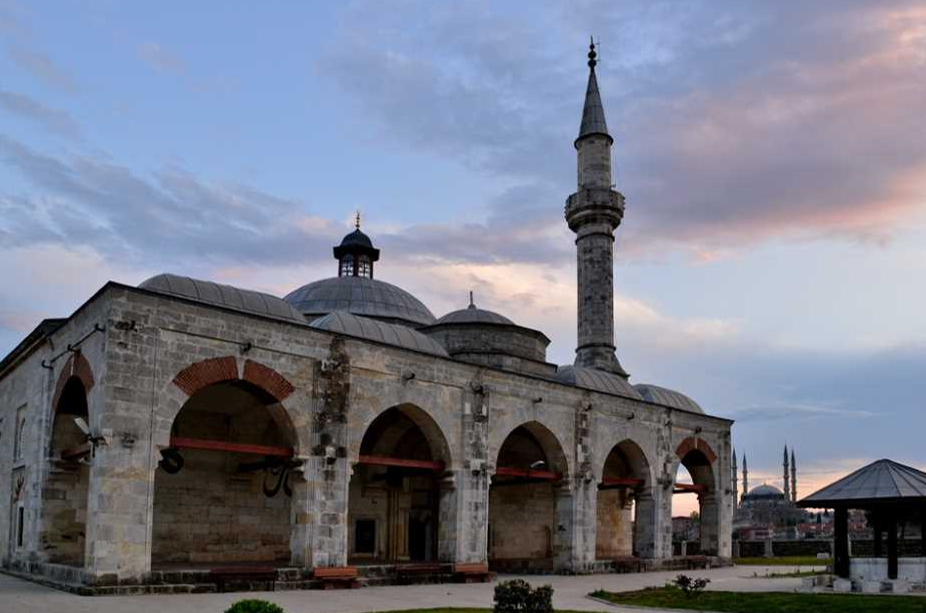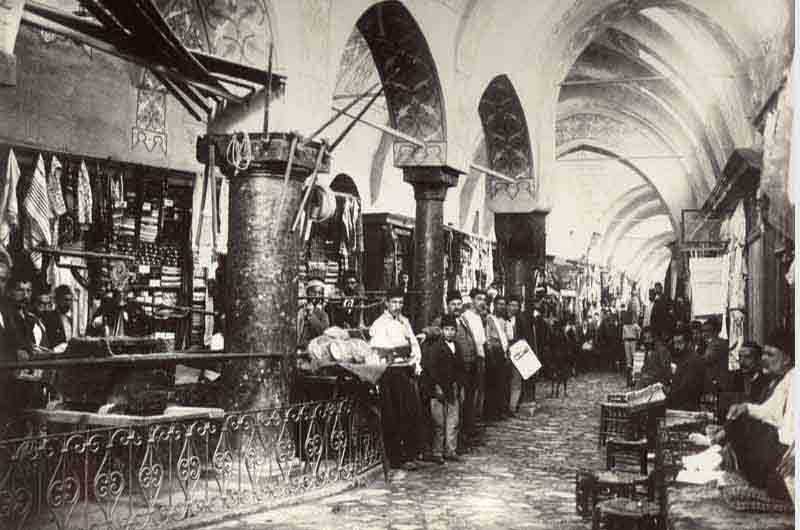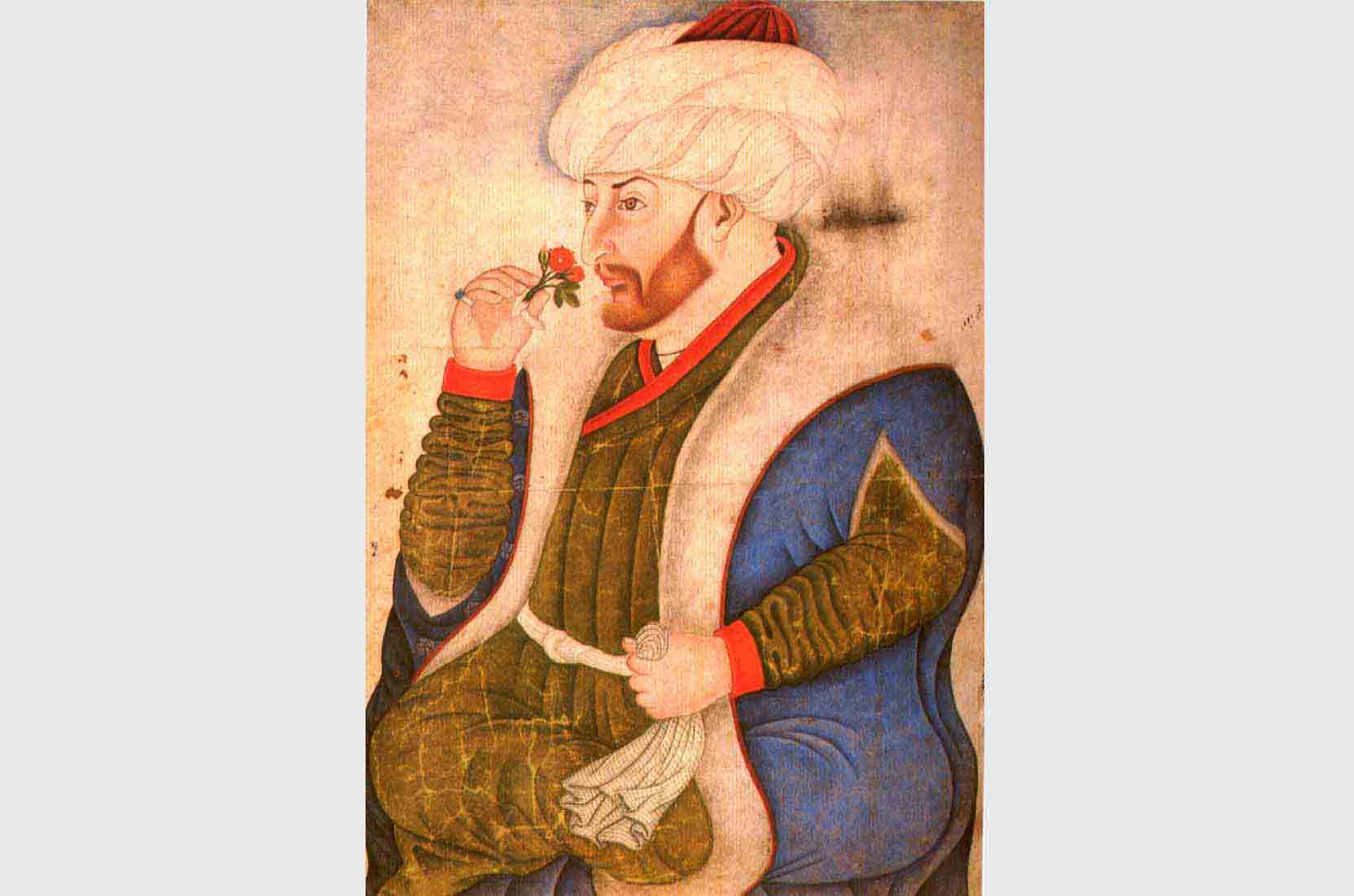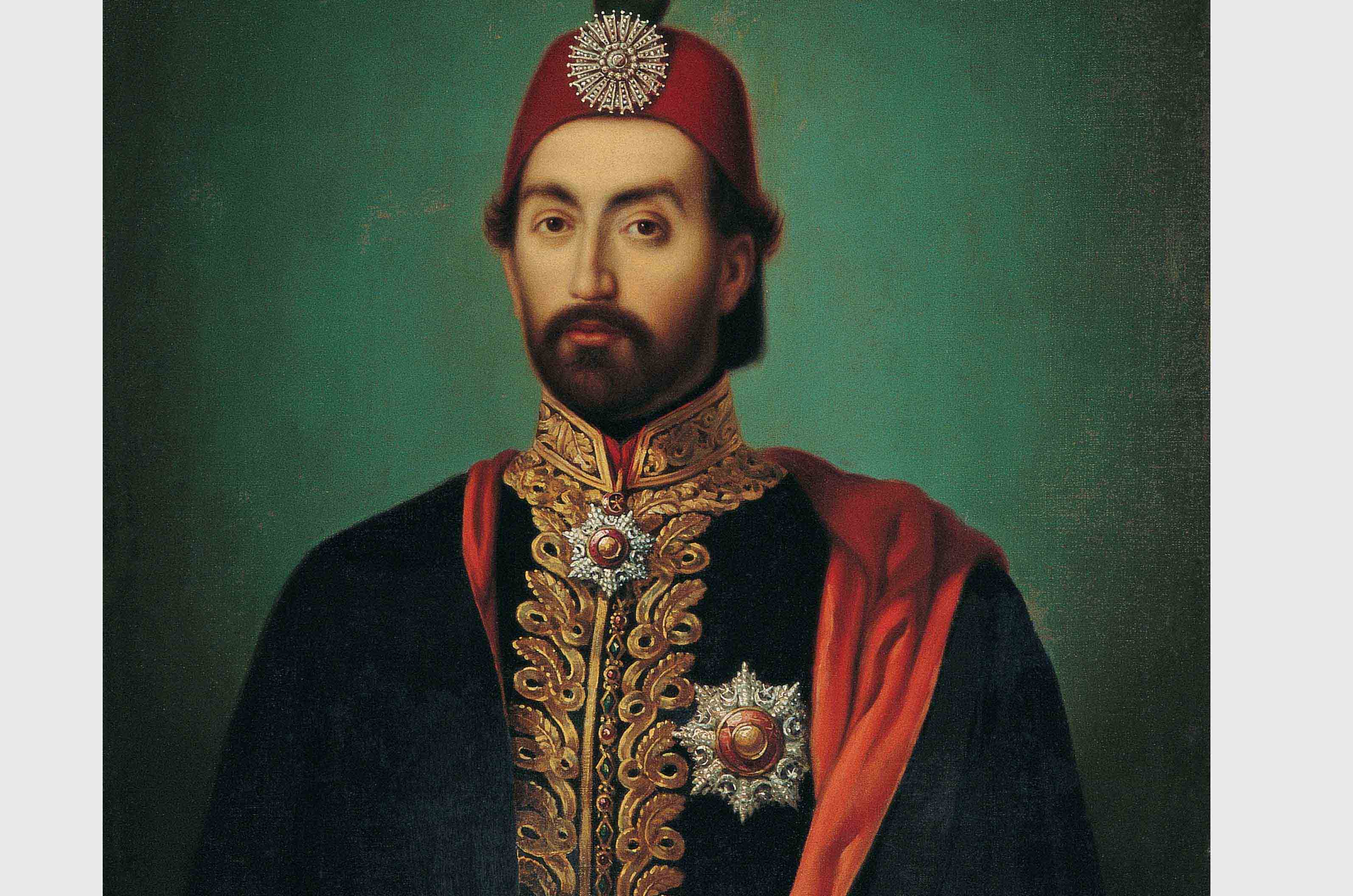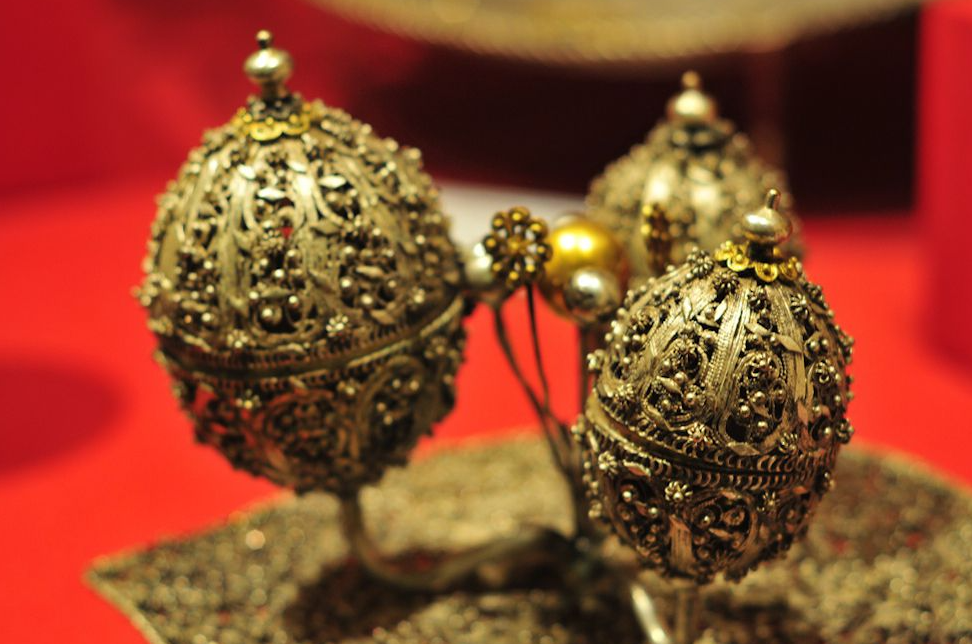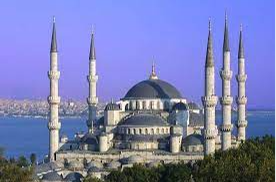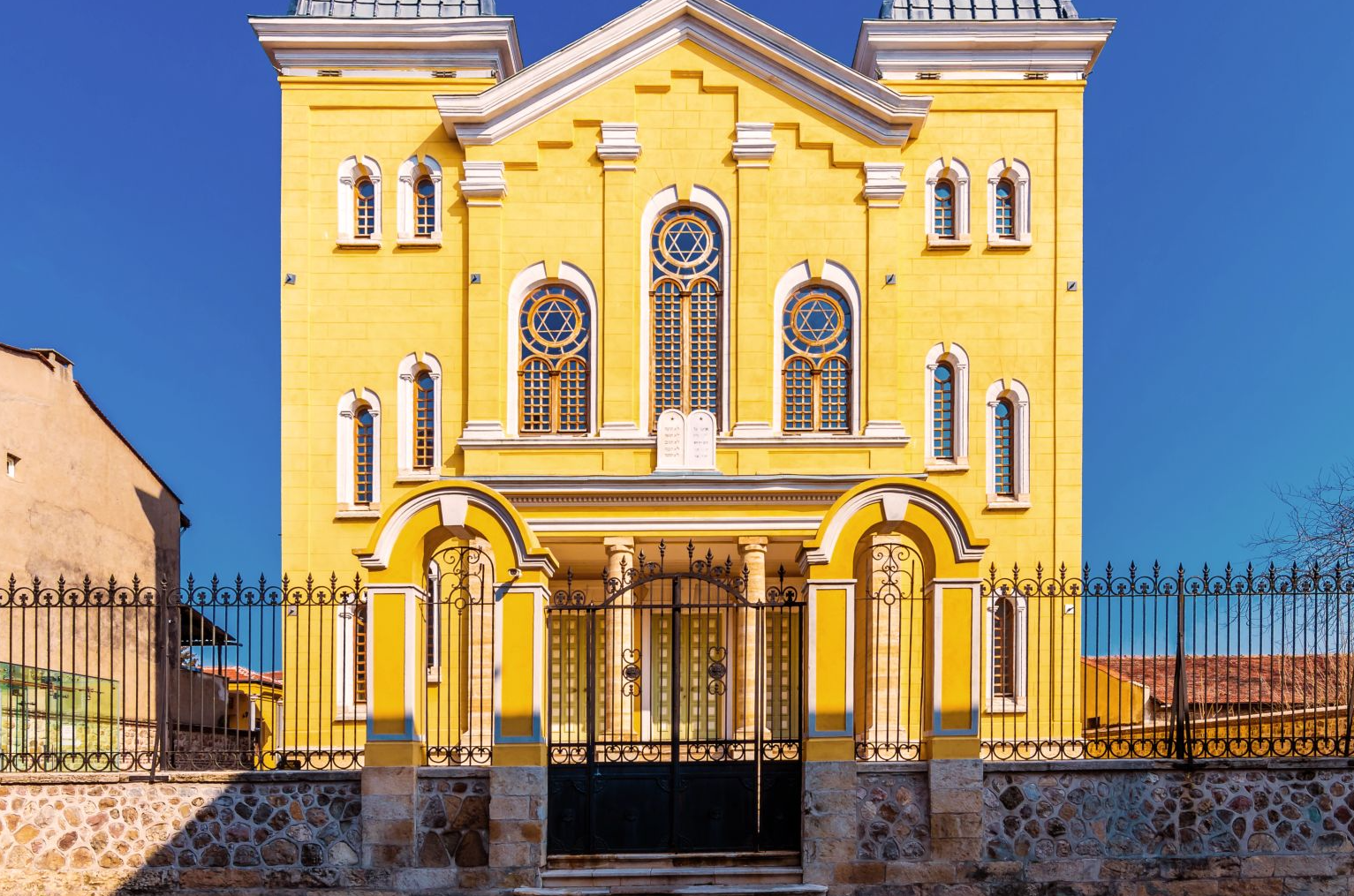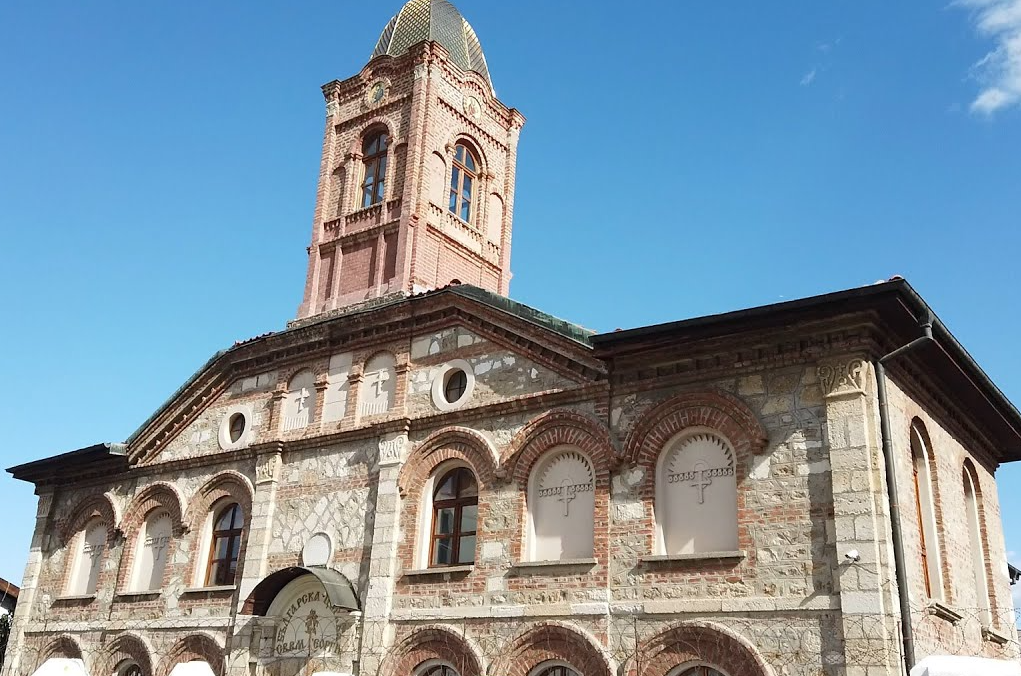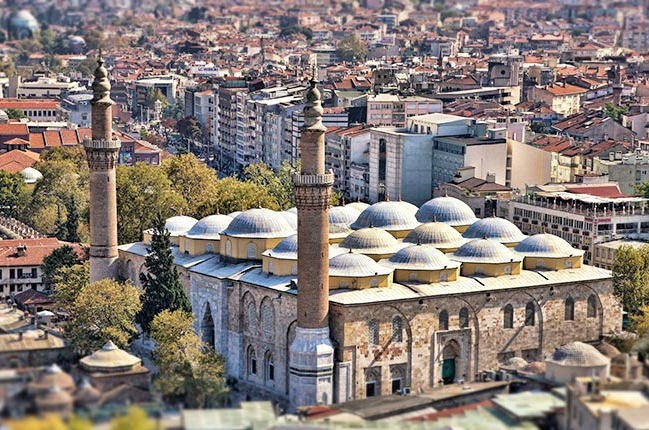Muradiye Camii: A Timeless Jewel of Ottoman Architecture
Muradiye Camii: A Timeless Jewel of Ottoman Architecture
Introduction:
Muradiye Camii, also known as the Muradiye Mosque, stands as a testament to the rich history and architectural brilliance of the Ottoman Empire. Nestled in the heart of Bursa, Turkey, this mosque has not only served as a place of worship but also as a symbol of cultural and historical significance. In this article, we will explore the history, architecture, and cultural importance of Muradiye Camii, highlighting the reasons why it continues to attract visitors from around the world.
History:
Constructed in the 15th century, Muradiye Camii was commissioned by Sultan Murad II, the sixth sultan of the Ottoman Empire. The mosque was completed in 1426 and has since withstood the test of time, witnessing the ebb and flow of centuries. The historical context of its construction adds a layer of intrigue, as it was built during a period of significant Ottoman expansion and cultural flourishing.
Architecture:
One of the defining features of Muradiye Camii is its stunning Ottoman architecture. The mosque boasts a harmonious blend of traditional Islamic and Ottoman design elements. The central dome, supported by intricately adorned columns, dominates the prayer hall, while smaller domes and semi-domes create an elegant and symmetrical structure. The exterior is adorned with intricate calligraphy, geometric patterns, and glazed tiles, showcasing the mastery of Ottoman craftsmen.
The courtyard, a common feature in Ottoman mosques, adds to the overall grandeur of Muradiye Camii. Surrounded by porticos and adorned with a central ablution fountain, the courtyard provides a serene space for worshipers and visitors alike. The minarets, with their unique design, contribute to the mosque's visual appeal and stand as a testament to the craftsmanship of the Ottoman era.
Cultural Importance:
Beyond its architectural beauty, Muradiye Camii holds immense cultural importance. The mosque complex includes the tombs of Sultan Murad II and his family members, adding a mausoleum aspect to the site. This inclusion is a reflection of the Ottoman tradition of combining religious and dynastic elements within a single architectural complex.
Visitors to Muradiye Camii not only experience the spiritual atmosphere within the mosque but also gain insight into the lives of the Ottoman rulers through the adjacent tombs. The intricate tilework and calligraphy inside the tombs further showcase the artistic achievements of the Ottoman period.
Visiting Muradiye Camii:
For those eager to explore the cultural and historical richness of Bursa, a visit to Muradiye Camii is a must. The mosque is open to visitors, providing an opportunity to marvel at its architectural details, soak in the spiritual ambiance, and explore the surrounding complex, including the tombs.
Conclusion:
Muradiye Camii stands as a timeless jewel, preserving the legacy of the Ottoman Empire. Its architectural splendor, coupled with its historical and cultural significance, makes it a captivating destination for both locals and international travelers. As a symbol of Turkey's rich heritage, Muradiye Camii invites visitors to step back in time and immerse themselves in the beauty and spirituality of Ottoman architecture.

